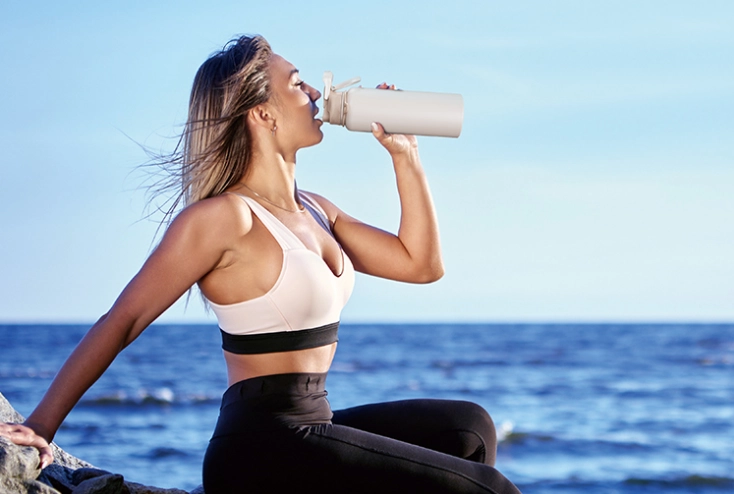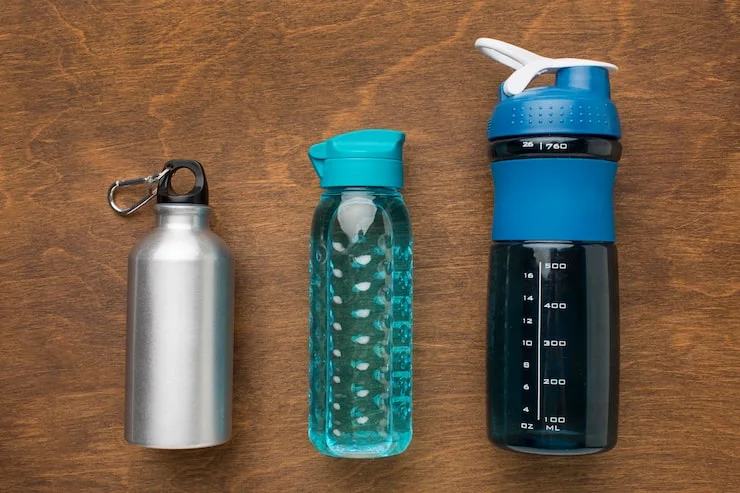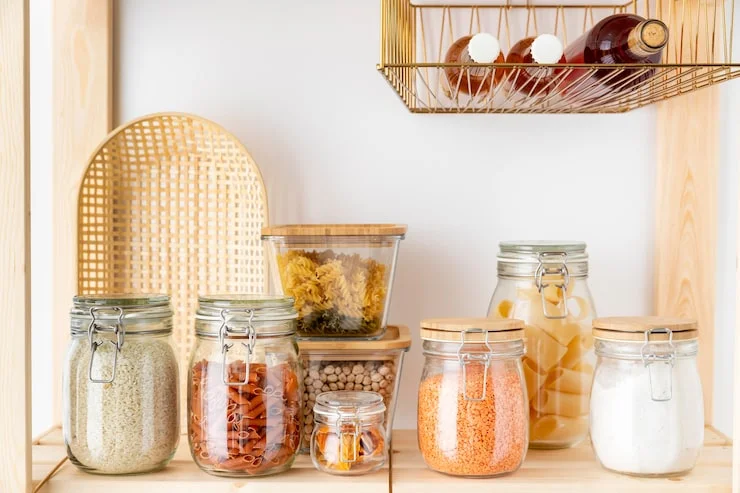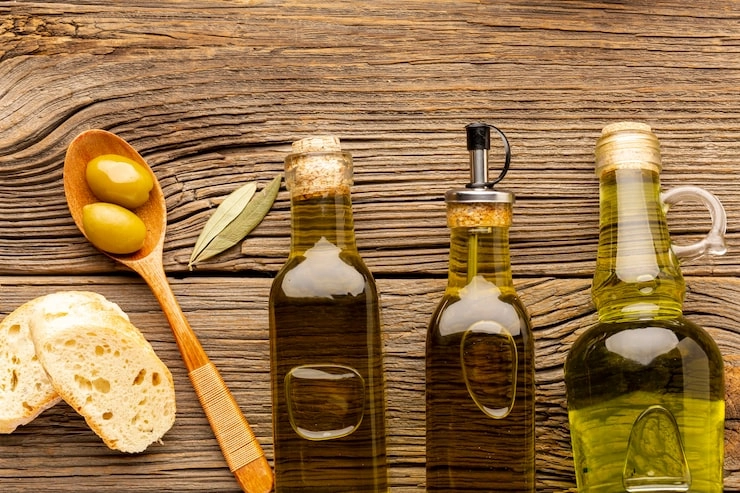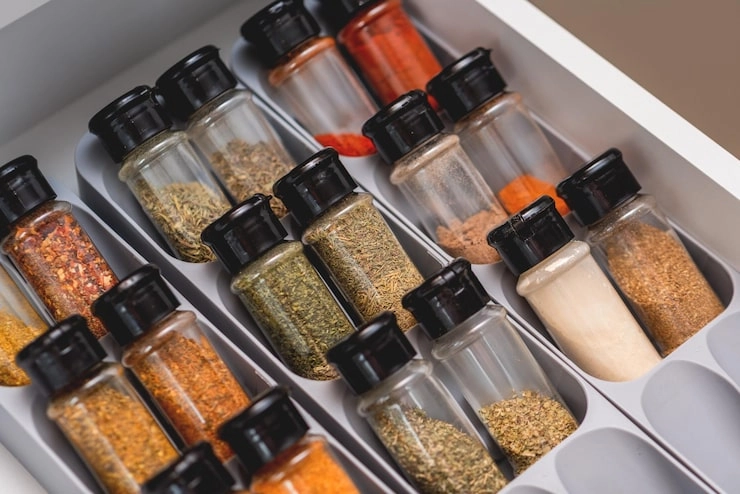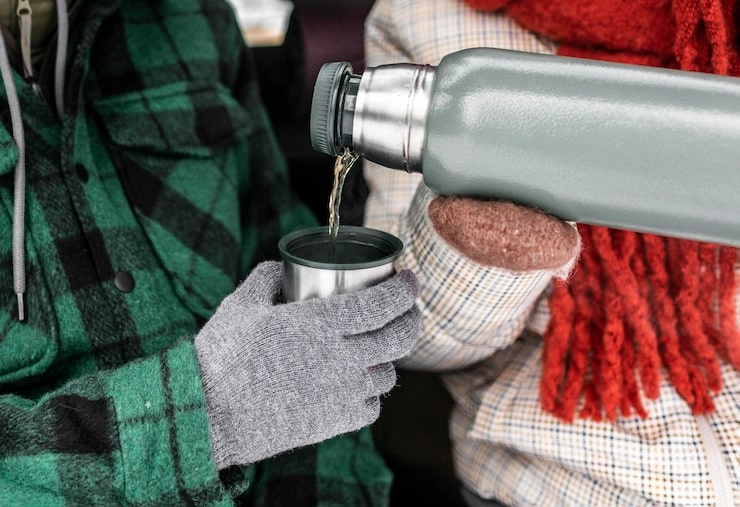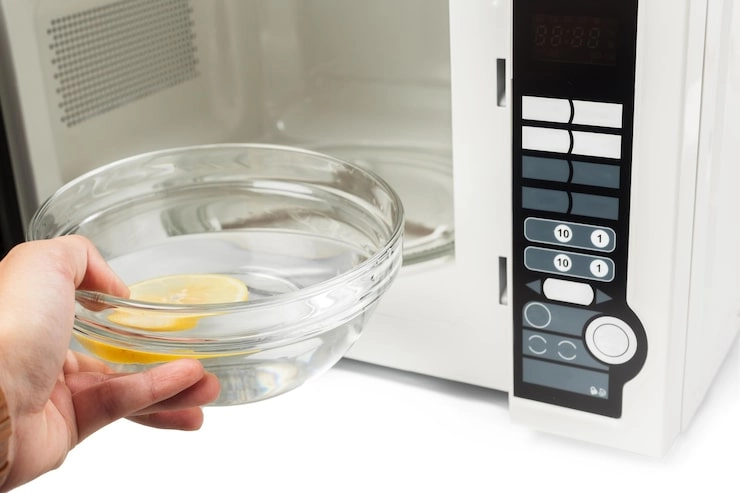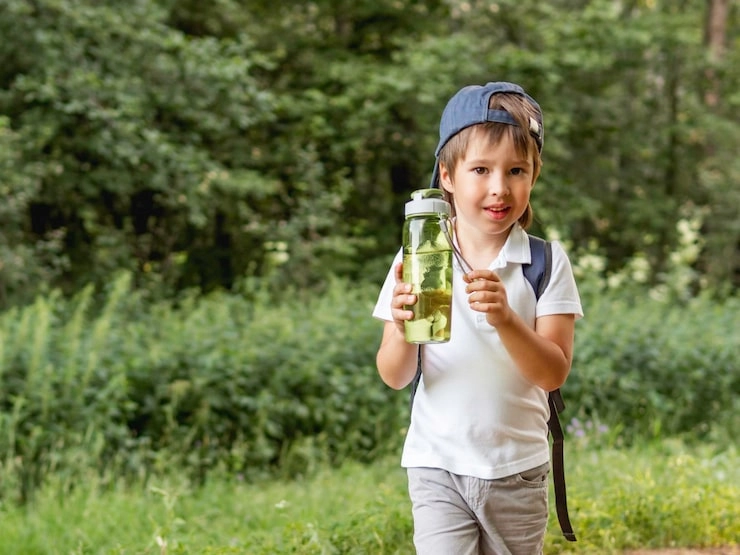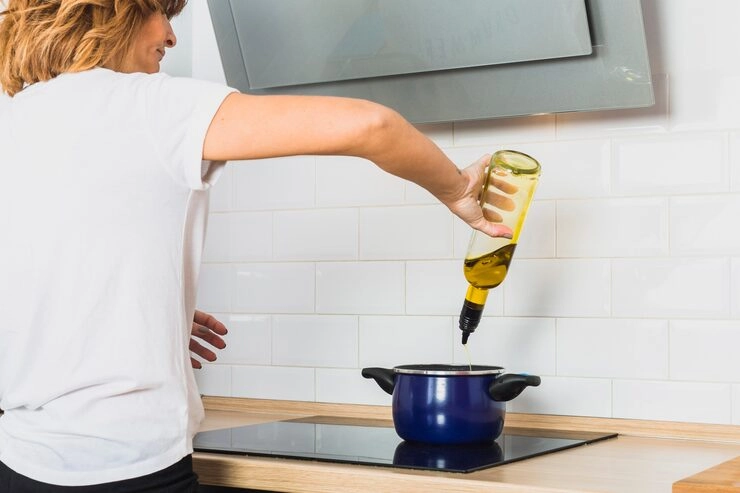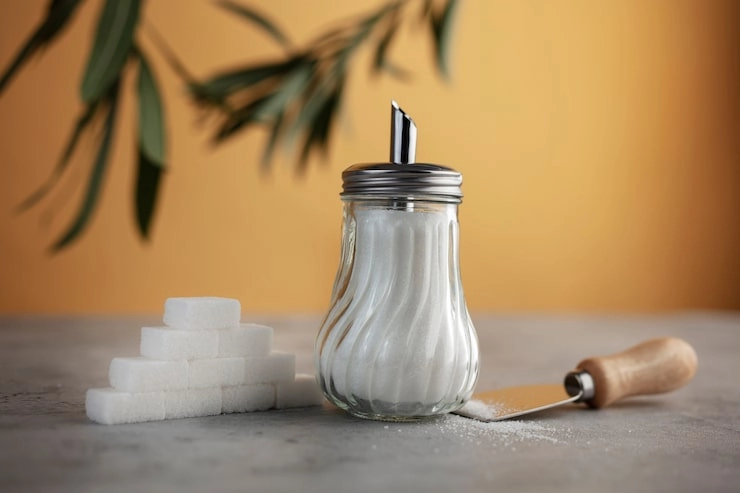Your drinking container might be concealing hazardous substances—from endocrine-interfering BPA to poisonous phthalates. Uncover the dangers concealed in ordinary bottles and learn to select more secure options to safeguard your wellbeing.
The Hazards of BPA in Hydration Containers
While temperature-regulating devices offer relief, maintaining fluid intake remains equally crucial. Yet might your drinking vessel present concealed wellbeing threats? Let’s examine.
Understanding BPA and Its Detrimental Effects
Bisphenol A (BPA) represents an artificial compound frequently utilized in creating polycarbonate polymers and epoxy coatings. These substances regularly appear in numerous consumer goods, particularly hydration vessels. BPA’s molecular configuration resembles estrogen, an essential bodily hormone. When materials containing this compound interact with nourishment or drinks, particularly during heating or acidic circumstances, BPA may seep out and be consumed.
The fundamental issue with this chemical involves its capacity to disturb hormonal operations. Even minimal contact levels have shown connections to endocrine irregularities, potentially causing negative health consequences. Considering its extensive application, comprehending the dangers related to this substance proves vital for making knowledgeable choices about everyday products.
Health Consequences Associated with BPA Contact
Interaction with this chemical has demonstrated connections to multiple wellbeing worries. Investigations propose it might influence:
- Endocrine System Interference: Functioning as a hormone disruptor, it can obstruct crucial signaling processes.
- Fertility Complications: Research has suggested possible impacts on reproductive capability and growth complications in children.
- Elevated Susceptibility to Long-term Illnesses: Extended interaction has shown associations with heart conditions, adult-onset diabetes, and excessive weight gain.
- Cognitive Impacts: Certain data indicates potential consequences for mental functioning and conduct.
These potential dangers highlight the significance of limiting exposure whenever feasible, especially through safer options for products like drinking containers.
Common Sources of BPA in Daily Items
While hydration vessels represent a primary concern, this chemical also exists in other common objects:
- Preserved Food Items: The interior coatings of numerous metal food containers incorporate epoxy materials containing this substance.
- Polymer Storage Units: Numerous food preservation products utilize polycarbonate plastics.
- Transaction Records: Heat-sensitive paper receipts frequently incorporate BPA as a surface treatment.
- Healthcare Equipment: Specific medical tools and dental applications might also include this compound.
By recognizing these sources, individuals can implement preventive measures to reduce interaction.
Detecting Additional Dangerous Compounds in Drinking Containers
BPA doesn’t stand alone as a concern—numerous bottles harbor extra hazardous substances. Here’s what requires attention when selecting your next container.
Phthalate Compounds
These represent another group of chemicals commonly present in polymer hydration products. These elements serve as softening agents to enhance pliability but have been noted for potential health hazards. Like BPA, these compounds function as endocrine disruptors that could meddle with hormonal balance. Continuous exposure has demonstrated links to reproductive challenges and developmental irregularities.
Polycarbonate Polymers
These lightweight yet sturdy substances are routinely employed in container production. However, manufacturers typically use BPA as a fundamental component during creation. When subjected to elevated temperatures or physical strain, these materials might break down and discharge dangerous compounds into liquids.
To prevent such hazards, selecting different materials becomes imperative when choosing daily-use hydration products.
Selecting Secure Materials for Drinking Containers
Having understood the risks, how does one choose a safe option? Here’s your manual for non-toxic, long-lasting materials.
Advantages of Glass Hydration Products
Glass containers provide a secure and ecologically sound substitute for polymer alternatives. They lack dangerous chemicals and prevent substance transfer into liquids, even during extreme situations. Additional benefits include:
- Chemical Stability: Glass remains inert and maintains liquid flavors without alteration.
- Recyclability: This feature makes it an environmentally responsible selection for waste-conscious consumers.
However, glass products tend to weigh more and break more easily than alternatives, necessitating careful handling.
Stainless Steel as a Secure Option
Containers made from this alloy present another superb choice for avoiding hazardous chemicals. These products combine sturdiness, light weight, and rust resistance. Notable advantages encompass:
- Safety Assurance: This material prevents chemical transfer into beverages.
- Temperature Maintenance: Numerous versions incorporate dual-layer construction that sustains desired liquid temperatures for prolonged durations.
This substance merges functionality with security, rendering it appropriate for various living patterns and pursuits.
The Function of BPA-Free Polymers in Risk Reduction
These materials have grown progressively popular as producers address consumer demands for safer goods. While these plastics remove risks tied to bisphenol A exposure, remember that some substitutes might still present uncertain hazards due to insufficient research on replacement components.
When selecting polymer bottles marked “BPA-free,” evaluate extra aspects like sturdiness and whether they satisfy applicable safety benchmarks verified by thorough quality verification systems.
By favoring secure materials over conventional plastics containing dangerous compounds, you promote both improved personal health results and worldwide sustainable methods.
SinoGlass: A Reliable Provider of Safe Material Hydration Products
Regarding container security, selecting a dependable supplier proves essential. SinoGlass emerges as an established industry leader, devoted to supplying premium goods that emphasize consumer wellbeing. Their commitment to non-toxic substances guarantees their products meet rigorous safety requirements, providing user reassurance.
Summary of Materials Utilized by SinoGlass in Production
This manufacturer integrates various substances in creation processes, each chosen for security and longevity. These incorporate glass, stainless steel, and BPA-free polymers. Glass bottles receive particular appreciation for their non-reactive characteristics and capacity to maintain beverage flavors without chemical transfer. Alloy alternatives provide sturdiness and temperature regulation benefits while staying devoid of harmful elements.
The organization implements both automated and semi-automated manufacturing techniques. Automated production utilizes specialized equipment, guaranteeing consistent product standards, uniform measurements, excellent surface texture, and few imperfections. However, this approach demands larger quantity outputs and increased mold expenses. Semi-automated processes depend on hybrid manual-machine techniques that permit smaller production runs while preserving precise external measurements. Though this method might yield minor variations in specifications, it allows adaptable design possibilities.
Through these sophisticated methods combined with stringent quality checks, the company confirms each item satisfies elevated safety benchmarks. Their emphasis on advancement further improves their capacity to manufacture containers appropriate for varied consumer requirements.
Common Queries Regarding Container Security
Do all polymer hydration products present risks?
Not every plastic bottle constitutes a health hazard. Numerous producers now create BPA-free alternatives as safer selections. These plastics remove dangers connected to bisphenol A exposure; however, some replacement components might need additional study to confirm absolute safety. To minimize possible hazards, choose reputable brands complying with verified security standards.
How can I identify hazardous chemicals in my container?
Detecting dangerous substances in bottles can prove difficult without proper identification. Seek certifications like “BPA-free” or “food-safe material.” Furthermore, avoid using polycarbonate containers during high-heat or acidic situations as they might deteriorate and release harmful elements. When uncertain, contemplate transitioning to glass or stainless steel options.
Is reusing disposable plastic bottles advisable?
Recycling single-use plastic containers is typically discouraged due to potential chemical seepage and microbe accumulation. Disposable plastics usually consist of thinner materials that deteriorate faster with repeated use. This breakdown can raise the probability of dangerous substance transfer into drinks. For prolonged utilization, purchase durable BPA-free versions designed for reuse, or select glass/stainless steel substitutes for enhanced protection.


